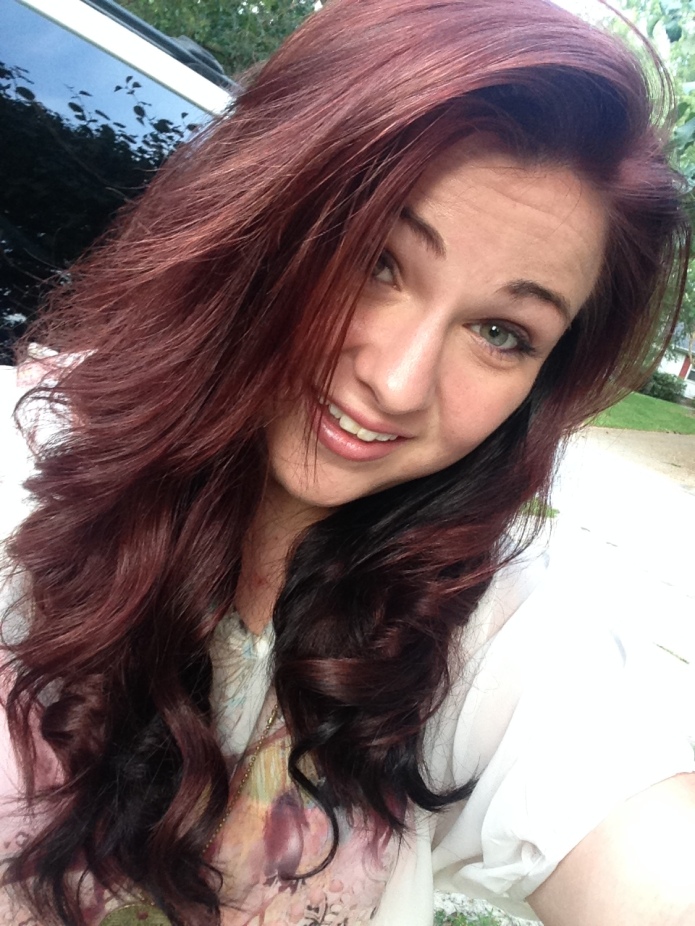The Contrast dealt with, as you might have guessed, a lot of contrast between subject matter and abstract objects. Things such as lies vs. truth, gentleman vs. womanizer, America vs. Europe, so on and so forth. In particular I would like to draw a sort of parallel to the idea of gentleman vs. womanizer, and also the most noted “fashion” that is so highly valued in the play, to Beauty and the Beast.
Beauty and the Beast is a well known Disney film and Broadway play. Similar subject matter of a beautiful and intelligent female trying to be courted by, a lack of a better term, womanizer, Gaston. Dimple being Gaston in this comparison. Belle, being Maria, is the young girl nearly being set up with a tool but eventually meeting Adam (represented by Manly) and falling in love with him.
Fashion and being a gentlemen is found most important throughout, especially by females about males. Gaston in Beauty and the Beast is a failure when representing the ideal gentlemen as he drinks, sleeps around with women, and is none other than today’s term a ‘tool.’ He also only wishes to marry Belle because she is seen as the most beautiful maiden in town; this story takes place in France. Marrying Belle for looks is lustful and not love- seen in The Contrast between Dimple and Maria.
Although money plays a large factor in the planned marriage between Dimple and Maria, Gaston does not seek to gain money by marrying Belle. Gaston really has money, but Dimple gives the illusion that he has money. Adam in Beauty and the Beast is a prince, but that fact isn’t constructed as a topic throughout the play. In The Contrast we don’t figure out until nearly the end of the play that Manly actually has money, similarly to Adam.
Maria was avid in reading books and often love stories, and she only wishes to have real love rather than an arranged one; Belle too loved reading books and is in awe to love stories; she admired true love, and both women were frowned upon for reading.
Why is this a comedy? I didn’t particularly laugh..
Does this remind anyone else of The Importance of Being Earnest and Shakespeare’s Othello?
Is it still considered the first American play even though its a basic copy of “School of Scandal”?
I commented on Samantha Hyatt’s, Brianna Long’s, and Angelique Jeffery’s blog posts.

